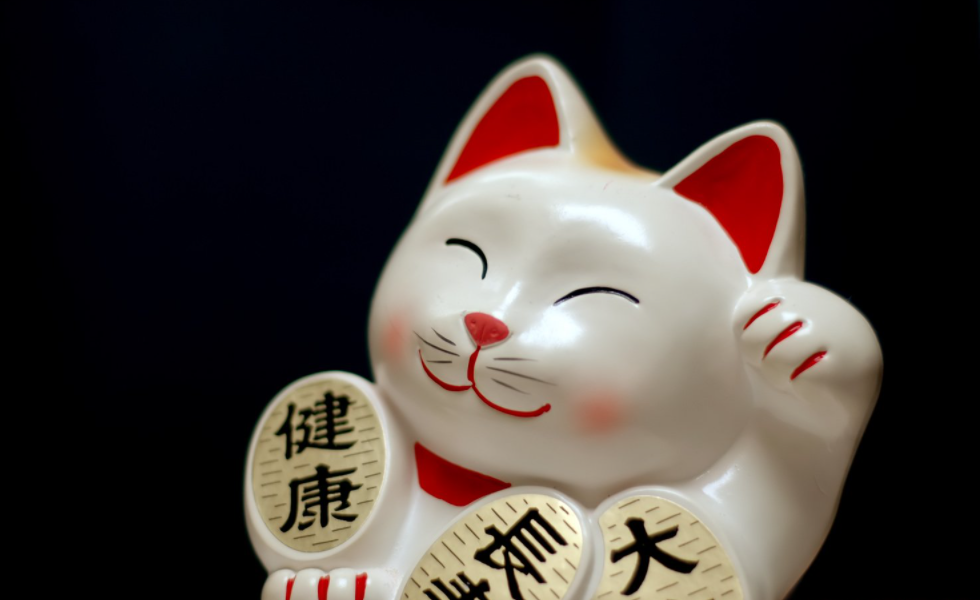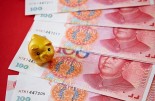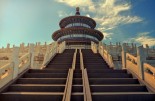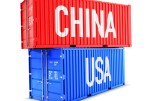JK Capital: The Beijing Stock Exchange is born
JK Capital: The Beijing Stock Exchange is born

By Sabrina Ren, Equity Portfolio Manager, and Fabrice Jacob, CEO, JK Capital Management Ltd., a La Française group-member company
While addressing the 2021 China International Fair for Trade in Services on 2nd September, President Xi Jinping focused on innovations for small and medium-sized enterprises (SMEs). He touched on reforms to be undertaken at the National Equities Exchange and Quotations (NEEQ), the over-the-counter (OTC) market of China that covers companies that are not listed on the main exchanges of Shanghai and Shenzhen, and he announced the creation of the Beijing Stock Exchange. The Beijing Stock Exchange will be the third official exchange of mainland China, three decades after the setting up of the Shanghai Stock Exchange and of the Shenzhen Stock Exchange.
There are today 4,467 companies listed on the Shanghai Stock Exchange and Shenzhen Stock Exchange, with a total market capitalisation of Rmb86.7 trillion (USD13.5 trillion). The mainland Chinese stock market is the second largest in the world, behind the United States (USD52 trillion) and ahead of Japan (USD7.2 trillion).
The Beijing Stock Exchange will be different from its two larger siblings. Its purpose will be to foster the growth of SMEs while adapting to their characteristics. There will be a supervision of investor suitability as investors will need to be qualified to invest in innovative SMEs, with all the risks it encompasses. The Beijing Stock Exchange will be a springboard towards the more developed stock markets of China while offering a financing platform that will complement the traditional banking sector which, as we know, has always been wary of lending money to privately-owned SMEs. The idea is to nurture a group of high-tech small and medium-sized enterprises with high growth potential, advanced technology, and strong market competitive edges (also called in China "little giant" companies).
The establishment of the Beijing Stock Exchange marks a new stage of reform for the NEEQ, this OTC market that foreign equity investors are typically not very familiar with. The NEEQ is an alternative way to obtain financing through the listing of equities that do not qualify for listing on the Shanghai or Shenzhen stock exchanges. It is essentially a pre-listing or startup exchange that has less stringent and lower capital threshold requirements for listing. The NEEQ was established in January 2013.
Over the years, the NEEQ market has developed into a three-tier structure: the Basic tier, the Innovative tier and the Select tier, with respectively 5,988, 1,250 and 66 companies currently listed under each tier. The total market capitalisation of the NEEQ market is RMB2.4 trillion (USD370bn), which is approximately the size of the stock market of Finland. According to the arrangements devised by the securities regulator, the CSRC, the Beijing Stock Exchange will be built largely around the listing rules that currently apply to the existing NEEQ Select tier, while companies to be listed on the Beijing Stock Exchange are expected to mainly come from the NEEQ Innovation tier. Going forward, the NEEQ market will maintain a structure composed of the NEEQ Basic tier, the NEEQ Innovation tier and the Beijing Stock Exchange (which will replace the Select tier). The listing mechanism will be registration-based as opposed to approval-based, which should simplify and accelerate the listing process.
To summarise, China will soon have three main exchanges, and one OTC market: 1) the Shenzhen Stock Exchange, which itself consists in the Shenzhen main board + the ChiNext market (a NASDAQ-type of market), 2) the Shanghai Stock Exchange, which consists in the Shanghai main board + the Shanghai Stock Exchange Science and Technology Innovation Board (also known as the “STAR” board), and 3) the Beijing Stock Exchange discussed above. The NEEQ will remain as the OTC market and will be largely used as an incubation platform for the Beijing Stock Exchange.








